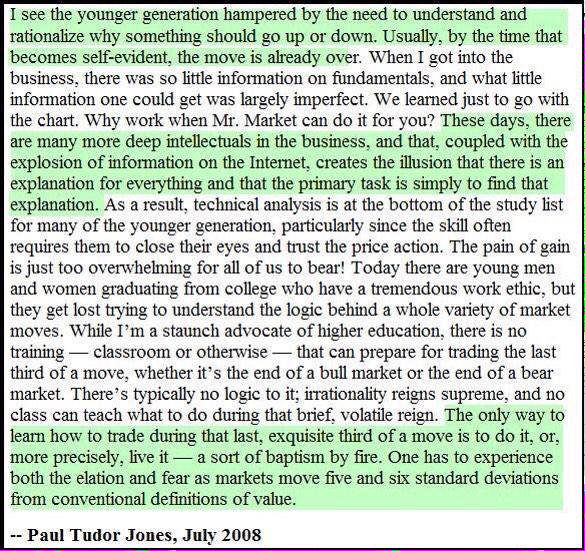Consider this excerpt:
Benjamin Graham, who believed in buying wonderful companies at a fair price rather than a fair company at a wonderful price, defines an investor as “an individual whose investment provides two quantitative qualities – safety of principal and an adequate rate of return.” There are many intricacies within business ownership investments, but does everyone in the stock market consider these particulars when investing in business ownership? Of course not, because not everybody in the stock market is an investor. Individuals who desire to become investors must enter the arena with goals that have a long-term investment horizon. Warren Buffett, a global financial market guru and head of Berkshire-Hathaway, puts it best when he says: “It’s bad to go to bed at night thinking about the price of a stock. We think about the value of a company and the company results; the stock market is there to serve you, not instruct you.”Hence, an investor does not buy a price and will not be affected by the ups and downs of the market. A sound investor buys well-managed businesses, with strong earnings growth and significant barriers to entry that will provide long-term security. A ‘purchaser of price’ is a speculator; a ‘purchaser of solid businesses’ with sound fundamentals is an investor.
Mark Croskery




